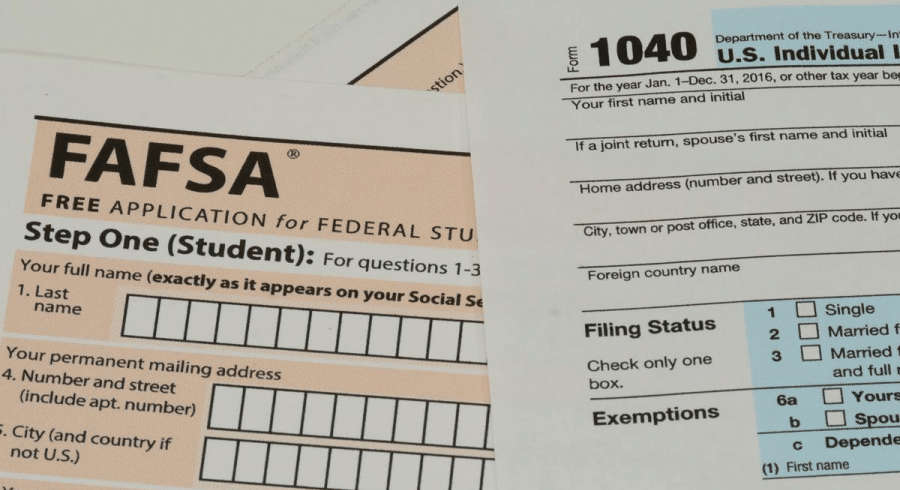What’s a Sabbatical? Is it Right for You?
Sometimes, employees need a break from their careers, and an employee sabbatical can provide that necessary time away from work. While it might seem like a major step back in your career, a sabbatical can offer long-term benefits that enhance your well-being and job performance. An extended leave allows you to spend time with family or focus on personal growth, realigning your priorities.
Instead of worrying about the negatives of stepping back from work, it’s important to consider what fits best for your life and family, then financially plan for that. Think of planning a sabbatical as preparing for a home improvement project, where you ask, “How do we make this happen?” By setting a few goals and preparing, an extended break can be beneficial both mentally and financially.
What Is a Sabbatical?
A sabbatical is an extended period of time off from work, beyond the typical paid time off (PTO). Unlike a two-week vacation, a sabbatical can range from a month to a year. This type of leave allows employees to take time away from their usual work routine to pursue other interests, whether it’s spending more time with family or traveling. For many, a sabbatical year is a chance to break away from the 9-to-5 grind and explore new opportunities.
The term “sabbatical” originates from the Greek word “sabatikos,” meaning “of the Sabbath,” a day of rest. This concept is becoming more popular as people seek “mini retirements” throughout their careers. With more flexible work options available today, taking a sabbatical is increasingly feasible. However, before making this decision, it’s crucial to consider the financial implications of an extended leave, whether the sabbatical is paid or unpaid.
Financial Peace of Mind Through Planning
It’s important to plan for the financial aspects of taking an extended break from work. With proper planning, taking time off doesn’t necessarily mean delaying your retirement significantly. The financial peace of mind from knowing that your goals are still on track, even without regular paychecks, can make the decision easier.
Figure Out the ‘Why’
Before taking a sabbatical, it’s essential to determine its purpose and goals. Are you experiencing burnout and need time away from work? Or do you want to spend more time with your family or explore new interests? Creating a sabbatical “mission statement” can help clarify your objectives and guide your planning.
Sabbaticals Are a New Thing For Corporate Professionals
While sabbaticals are a new concept for many corporate professionals, some companies offer sabbaticals as part of their employee benefits. According to a 2017 study, only 12% of employers offer unpaid sabbaticals, and just 5% provide paid sabbaticals. Negotiating with your employer and human resources department can be crucial in securing an extended break.
Crunching the Numbers
Once you have a clear purpose for your sabbatical and your employer’s approval, it’s time to plan financially. Assessing your cash flow and potential expenses during the sabbatical helps in determining the true cost of not working. This planning includes budgeting for fixed and variable expenses, as well as any new costs that might arise during the sabbatical.
Back to Basics with a Budget
Budgeting for a sabbatical involves projecting various costs, such as travel expenses, dining out, and potential health insurance coverage. These costs may be in addition to your usual expenses. Preparing for these financial changes is essential to ensure a smooth transition to sabbatical life.
Taking Advantage of Low Tax Brackets
A sabbatical may result in lower taxable income for a year or two, creating opportunities for tax-saving strategies such as Roth conversions or selling appreciated stocks at lower tax rates. Planning for these possibilities can help maximize the financial benefits of your sabbatical.
Non-Financial Benefits and Strategies
Beyond financial planning, considering the non-financial aspects of a sabbatical is important. Taking time away from work can provide clarity and help you reassess your career and life priorities. It’s also an opportunity to explore new experiences, whether through travel or personal projects.
If you’re considering a sabbatical, it’s crucial to discuss your plans with your employer and develop a comprehensive financial strategy. This preparation can help ensure a successful and rewarding experience. Taking time off can be an investment in your mental health and overall well-being, offering benefits that extend beyond the workplace.







